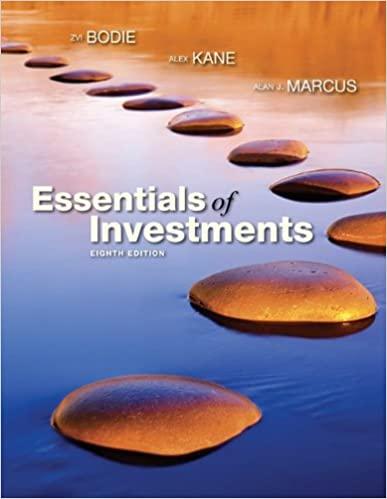Question
1a)How would you calculate the amount you should be willing to pay for any investment where you have an estimated future cash flows (timing and
1a)How would you calculate the amount you should be willing to pay for any investment where you have an estimated future cash flows (timing and amount(s)) and a required (desired) rate of return? b)Given that a stock has two different future cash flows: dividends and the proceeds from the future sale and you have a required (desired) rate of return, how would you calculate the maximum you should be willing to pay for it?
c)if you have an investment that will pay you $1000 at the end of the first year, $1500 at the end of the second year, $400 at the end of the third year, and $2000 at the end of the fourth year and your required rate of return for this type of investment is 7%, how would you calculate the amount you should be willing to pay for it?
d)Name three ways that you can determine PV and FV of money.
Explain
Step by Step Solution
There are 3 Steps involved in it
Step: 1

Get Instant Access to Expert-Tailored Solutions
See step-by-step solutions with expert insights and AI powered tools for academic success
Step: 2

Step: 3

Ace Your Homework with AI
Get the answers you need in no time with our AI-driven, step-by-step assistance
Get Started


